Recreating the Country blog |
|
Recommended reading on revegetation and sustainable landscape design. Recreating the Country - a blueprint for the design of sustainable landscapes> Setting the scene You’ve decided to get your weekly dose of nature and maybe achieve your 10,000 steps as well. There’s a park you’ve heard about just five minutes drive away. After parking the car you walk in through the gate and …wow! ….it’s wonderful! There are huge gum trees, flowering wattles, beautiful bushy shrubs and an enticing meandering track. You stand there motionless in awe of the timeless beauty of the bush scene that you’ve stepped into, a scene that could have been a Frederick McCubbin painting. Superb Blue Wrens twitter and fly in and out of the bushes, a Rufous Whistler calls from the canopy of the tall trees and a bluetongue lizard startles you as it scurries from a grassy tussock into a nearby hollow log. You’re surprised to discover from a sign as you walk that this natural bushland was a bare paddock just ten years before. Recreating natural bush To recreate a beautiful area of natural bush like this, all you need is a diverse mix of plants and a short time for different habitats to develop. Add some logs and rocks on the ground and a wetland for good measure and the scene is set. After planting, the transition from paddock to woodland can be fast and dramatic. For example, eucalypts only need ten years to reach half their mature height and wattles only need five years as do most hardy native shrubs. Australian native plants can literally transform a bare paddock in five years and wildlife start moving back. You’ve probably heard it said ‘build it and they will come’, well it’s equally true to say ‘plant it and they will come, in flocks’. Mimicking nature is the key to recreating a biodiverse sustainable natural park. If we use nature as our guide, all the ingredients will be built in for wildlife to thrive. Wildlife are essential for a sustainable biodiverse system because of the ecological services they provide like pollination, insect control and fertilisation. A well designed system will become self-perpetuating as plant/insect/animal interdependencies establish. So how do we copy a complex natural system? It’s easy if you just look at the big picture and don’t get bogged down in the fine and complex detail. The big picture is made up of features that we can recognise and copy in our design. Once these features are in place, insects will return to feed on leaves, nectar and pollen, then will come the birds, small mammals and frogs that feed on the insects and nectar. The complex ecological relationships between plants and wildlife called ‘the web of life’ soon establishes. Four key observable features of a natural system that we can copy are; Many of these features can be incorporated into small urban gardens and streetscapes For instance many Melbourne inner suburbs support a lot of wildlife because there are private native gardens, avenues of native trees and indigenous plantings in parks and roadsides. The collective effect of these plantings supports a diverse array of birds and insects. The habitat and food supply provided by these urban reserves could be improved significantly by mimicking nature. For example planting vegetation layers of shrubs indigenous to the area near to mature trees would support a broader selection of small bird species that would help control insect pests damaging mature trees. Large urban and rural locations, like the park in the introduction, can support diverse sustainable communities of birds, mammals, reptiles and amphibians. Click on the images below to enlarge and see the full text 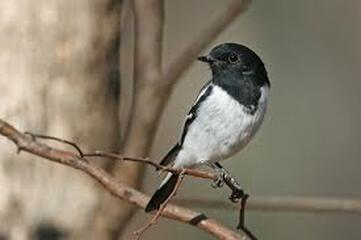 The threatened Hooded Robin, Melanodryas cucullata The threatened Hooded Robin, Melanodryas cucullata Size and shape do matter There are two critical pieces of the design puzzle that are needed before we begin to recreate a sustainable heathland, woodland or forest. If we want it to be ecologically sustainable and to attract a diversity of wildlife including the more discriminating threatened species, there is,
Size - Studies by the Arthur Rylah Institute and Birdlife Australia have repeatedly shown that the combined linked area of plantings needs to be larger than 10ha to support threatened species. For example the ‘threatened’ Hooded Robin, Melanodryas cucullata needs 10ha of structurally diverse open woodlands containing eucalypts, acacia and understorey of smaller trees, shrubs and grasses. Other more common birds like the Eastern Yellow Robin, Eopsaltria australis and many of the honey eaters can eke out a living in smaller areas. Wildlife corridors> also need to be a minimum of 50m wide for threatened or endangered species to use them. Shape – Birds also forage in an outwardly expanding oval pattern. The Hooded Robin for instance needs an oval shaped home-range equivalent to 5 Melbourne Cricket Grounds, a total of 10ha. It needs three times this area when breeding. 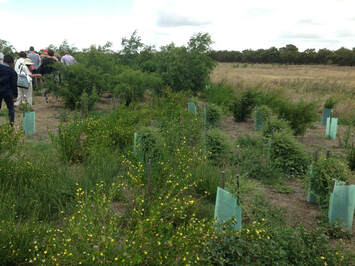 Farm plantations are typically 10 - 20 meters wide. They can only provide food and shelter for limited numbers of wildlife Farm plantations are typically 10 - 20 meters wide. They can only provide food and shelter for limited numbers of wildlife Typical farm plantations aren't wide enough for wildlife. You’re probably thinking that long narrow farm plantations are not ideal for foraging birds and you’re quite right. A significant number of birds will visit farm plantations but they won’t be able to make their home there because the habitat is too exposed. This can be overcome by creating links with roadside reserves, wetlands, water-ways or remnants of native bush where there are hollows and sheltered nesting sites. In a farm situation, 50 m wide corridors can be developed along waterways and adjacent to roadside reserves. 50 m wide perimeter plantings around a farm would provide exceptional shelter for stock and crops and form the basis for pest control on the farm by attracting a diversity of insect eating birds and micro-bats. Narrow plantations within the farm can then be used as links to dams, remnant patches and areas of forestry. Income generating plants can be incorporated into wider plantations. Read Biodiversity and Profit to get some inspirational ideas A diversity of plant families is often overlooked in landscape design Plant a diverse mix of local plants comprising at least 20 species from 10 genera and 7 families. These numbers reflect what is found in woodlands and dry forests and they provide a guide and a challenge to think differently about diversity. For instance its not too difficult to put together a list for a plantation from well known plant groups like gums, paperbarks, tea-trees, and bottlebrush. Three/four different types from each of these plant groups would give you 12 - 16 different species. Sounds like a great plantation doesn't it, but its not very diverse because they are all from one family, the Myrtle family. Focusing on having many more plant families in your mix is the best way to ensure that plantings are the most diverse that they can be. You probably already know many of the different plant families without being aware of it. See this link to 'Making a list of plants for revegetation' for more images of different plant families See twelve families illustrated below to be amazed by their remarkable diversity. Hover over the image to get a full description. In the human world, people from different families have distinctive physical characteristics. Similarly plants from different families are also very different. This can be seen in their distinctive flowers, bark, leaves and fruit and this adds immeasurably to the diversity of the natural bush and the variety of food and habitat that is found there. Eucalypts and Acacias are 'must haves' Make sure two/three species of gum and three/four species of wattle are in the plant mix because they are very important food and habitat plants. Small gardens can incorporate one or two small gums and small wattle species to add significantly to the food that is available to wildlife. In rural areas designers of small gardens will need to consider the flammability and therefore the fire risk of some native plants. For example plants from the Myrtle family like eucalypts have combustible aromatic oils in their leaves. Suitable low fire risk placement should be considered for these plants. For more ideas on this theme you could read my blogs;  From Recreating the Country - A blueprint for the design of sustainable landscapes by Stephen Murphy From Recreating the Country - A blueprint for the design of sustainable landscapes by Stephen Murphy Create layers of vegetation. Ecologists have recognised three layers in heathlands and five vegetation layers in a healthy woodlands and dry forests. Imagine a silhouette of your favourite woodland scene;
In revegetation, creating layers is best done by planting clumps of plants of the same species. Planting in same species clumps is also favoured by landscape architects because it has more visual impact than scattered random plantings 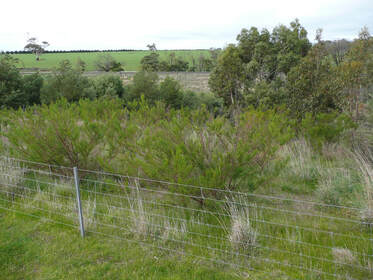 Same species grouping of Snowy Mintbush, Prostanthera nivea next to groups of eucalypts creates two layers in the vegetation Same species grouping of Snowy Mintbush, Prostanthera nivea next to groups of eucalypts creates two layers in the vegetation Nature always groups (clumps) plants of the same species. This has many benefits that include better pollination and more viable seed. If you take a walk off track in a local reserve you will see this grouping/clumping pattern everywhere. To mimic this pattern in a large plantation for example, same-species clumps can include these numbers of plants ;
The number of plants in a clump reflects the size of the plants and the size of the planting. Large areas of 1ha - 10ha or more can include very large same-species clumps. Smaller plants like tussock grasses need much greater numbers to create a viable plant community for good pollination and to minimise weed invasion. Trees like the taller eucalypts would have historically been scattered through a woodland at a density of 10 - 20 trees/ha. Scattered clumps of 5-10 eucalypt seedlings allows natural selection to decide which eucalypt becomes the long term survivor. This strategy is explained more fully here Small gardens may only have five to ten plants in a clump because of the limits of space. The example below uses clumps from 7 families to create vegetation layers; 1. Silver Tussock Grass, Poa labillardieri, height 0.5m, clumps of 100 (Grass family) 2. Gold-dust Wattle, Acacia acinacea, height 1m, clumps of 50 (Mimosa family) 3. Giant Hopbush, Dodonaea viscosa, height 2m, clumps of 50 (Soapberry family) 4. Sweet Bursaria, Bursaria spinose, height 5m, clumps of 20, (Pittosporum family) 5. Silver Banksia, Banksia marginata, height 6m, clumps of 20 (Protea family) 6. Drooping Sheoaks, Allocasuarina verticillata, height 7m, clumps of 20 (Casuarina family) 7. Yellow Gum, Eucalyptus leucoxylon, height 10m, clumps of 5 (Myrtle family) 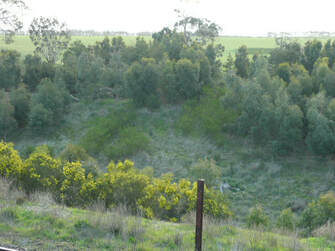 Grouping creates layers of vegetation which are like shelves in an outdoor pantry Grouping creates layers of vegetation which are like shelves in an outdoor pantry Layers are like shelves in an outdoor pantry. Same species clumping improves feeding efficiency because food bearing plants are no longer scattered through a plantation making them inconvenient and isolated. They are conveniently grouped making them visible and attractive to more wildlife. It becomes like a huge natural pantry with foods of different types available on the different shelves (layers). Wildlife are also shaded and sheltered from predators while feeding in layered vegetation. 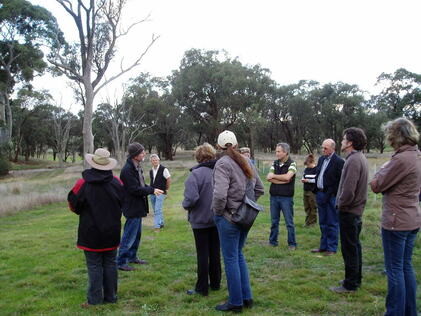 Planting wide plantations for biodiversity alone is not enough to motivate the majority of landowners Planting wide plantations for biodiversity alone is not enough to motivate the majority of landowners Money, cash, dough from biodiversity is a very strong motivator Farmers are running a business. If we want wider sustainable plantations on private land we need to design biodiversity that returns an income When I travel about talking to Landcare groups, I ask;
Then I ask;
Farmers want to look after their local environment and be part of community conservation initiatives but they also need to run viable businesses. Also research has shown that farmers who are making a comfortable income from their farm are far more likely to invest money in plantations. A biodiversity planting with up to 20% plants for income/profit is still just as biodiverse and sustainable and it is has the support of a lot more landholders. For insights into adding income to biodiversity plantings click this link> Mimicking nature in revegetation design is easy and only needs a few basic skills and a willingness to experiment. Include as many families as you can and plant in same species clumps, the smaller the plants the bigger the numbers in each clump. When its possible, create links and connections between vegetation areas so that wildlife can move around safely and provide their free ecological services. Read about building income streams into biodiversity plantings;  Biodiversity and profit Adding up to 20% income generating plants makes more biodiversity plantings possible on farms. The good news is it doesn't decrease biodiverisy values.  Biodiversity and profit - creative thinkers pushing the boundaries Two Victorian families turning the bounty of seeds from native plants into income
7 Comments
Stuart McCallum
11/2/2019 10:35:31 am
Great work Steve. here is a link to a Canberra guy with similar ideas.
Reply
Steve
11/2/2019 08:24:01 pm
Thanks Stuart,
Reply
17/2/2019 11:15:47 am
I love your analogy of the layers being like shelves in an outdoor pantry. I tried an analogy that probably isn't so appealing, in talking about the commonly neglected ground layer, comparing veg structure to a layer cake:
Reply
Steve
19/2/2019 01:37:59 pm
Hi Ben,
Reply
joan Lindros
25/2/2019 11:07:41 pm
fantastic article, how good if there are lots of conversions
Reply
steve
1/3/2019 05:54:29 pm
Hi Joan,
Reply
2/5/2022 05:54:32 pm
Thank you so much for this article. Revegetation has become such an important topic if we wish to continue having a great country to live in.
Reply
Leave a Reply. |
Click on the image below to discover 'Recreating the Country' the book.
Stephen Murphy is an author, an ecologist and a nurseryman. He has been a designer of natural landscapes for over 30 years. He loves the bush, supports Landcare and is a volunteer helping to conserve local reserves.
He continues to write about ecology, natural history and sustainable biorich landscape design. 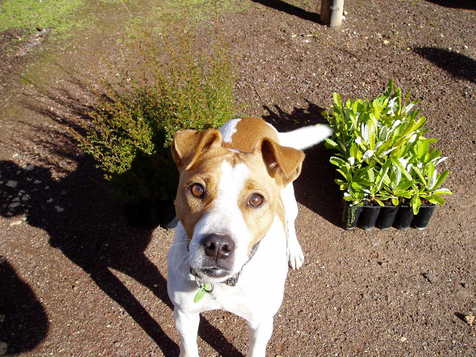
|
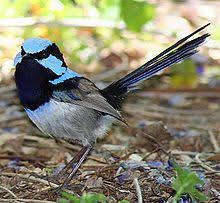
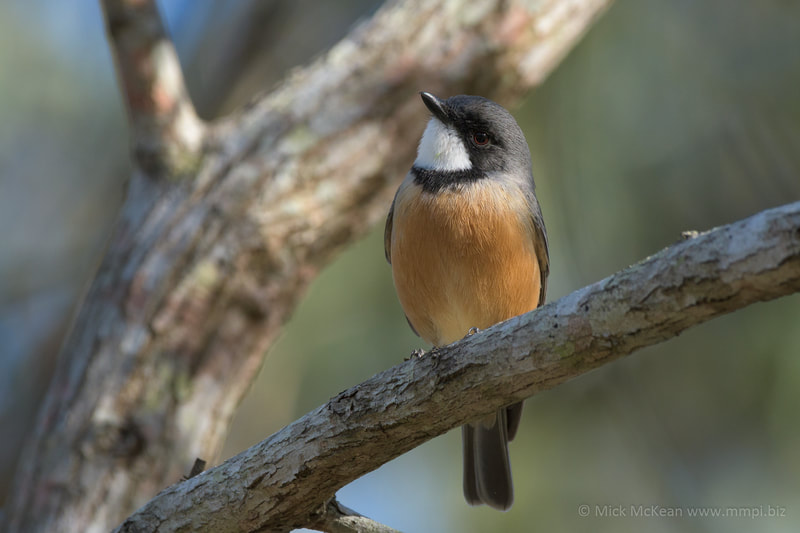
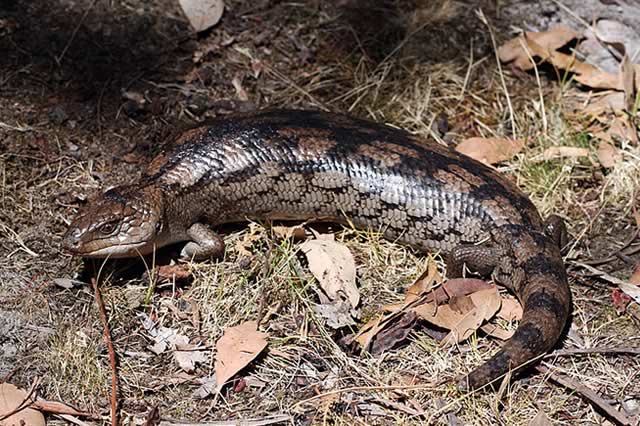











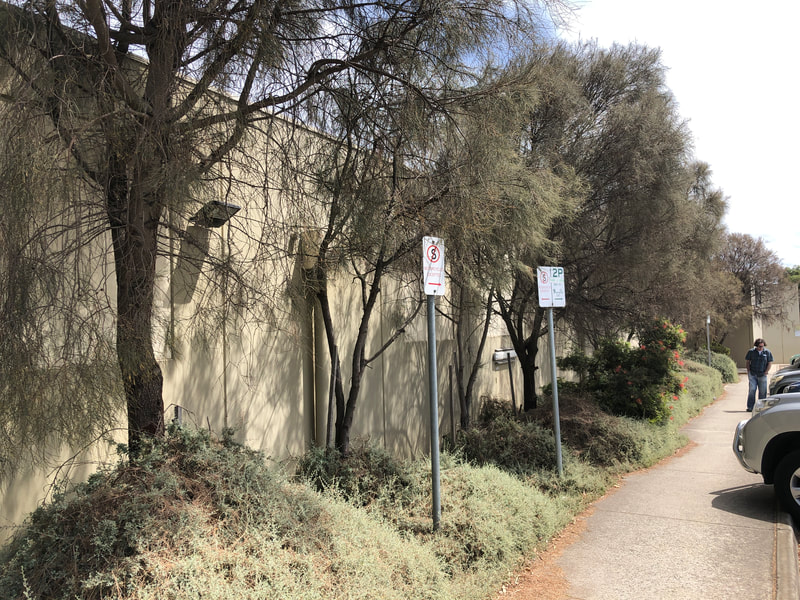


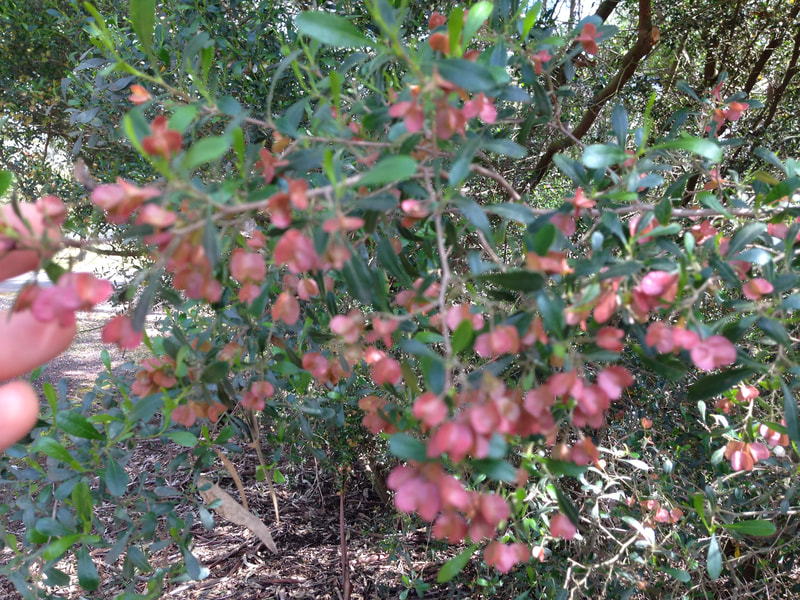









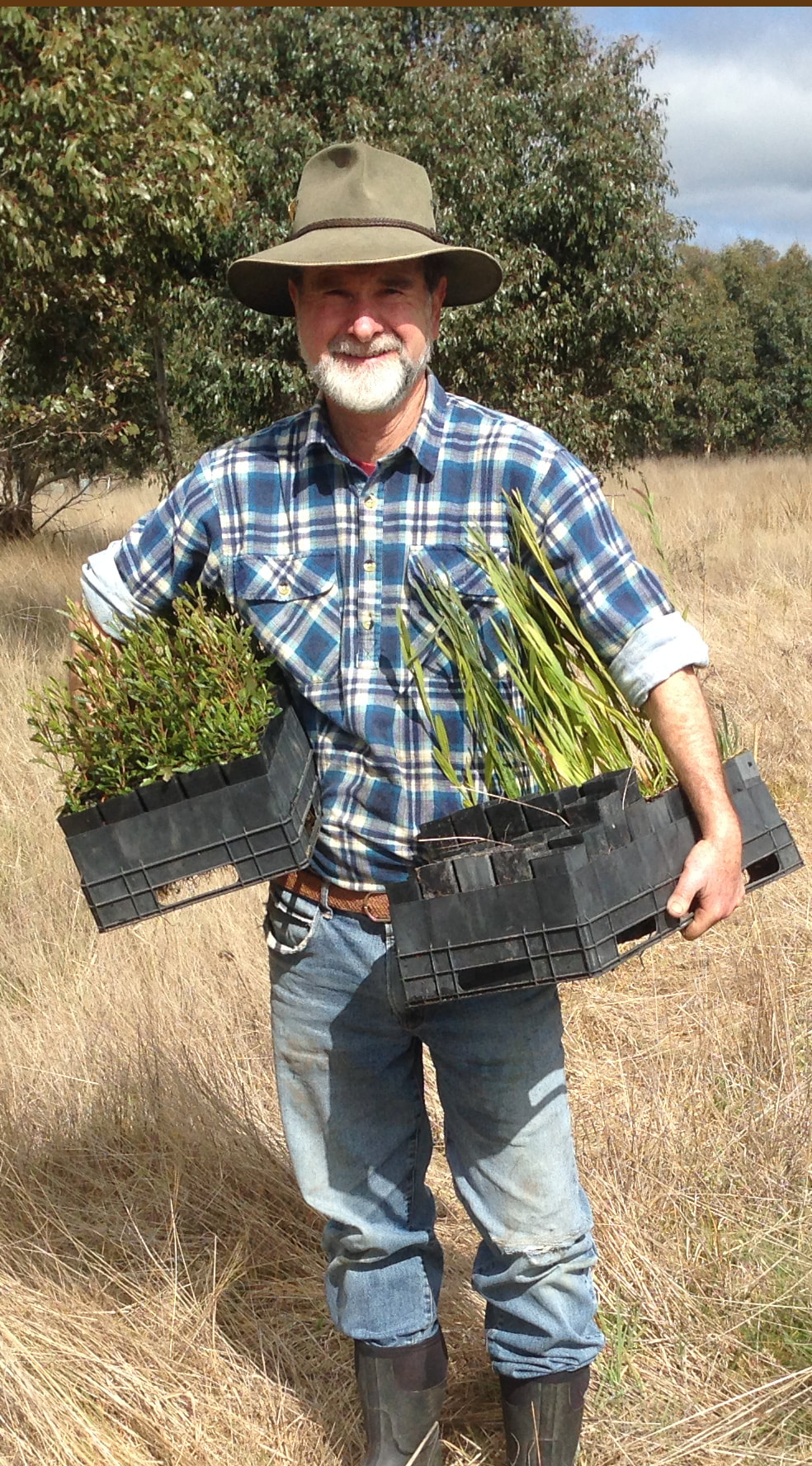

 RSS Feed
RSS Feed
